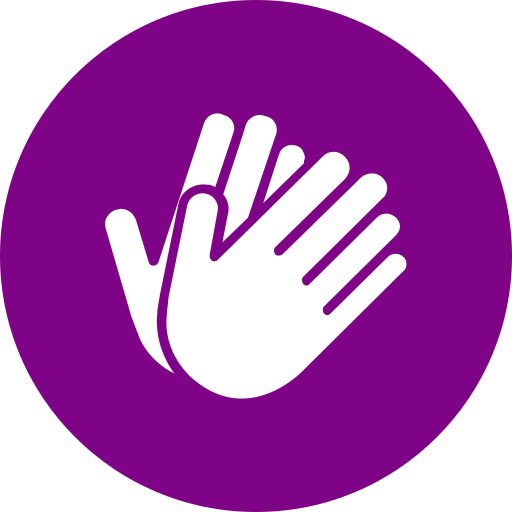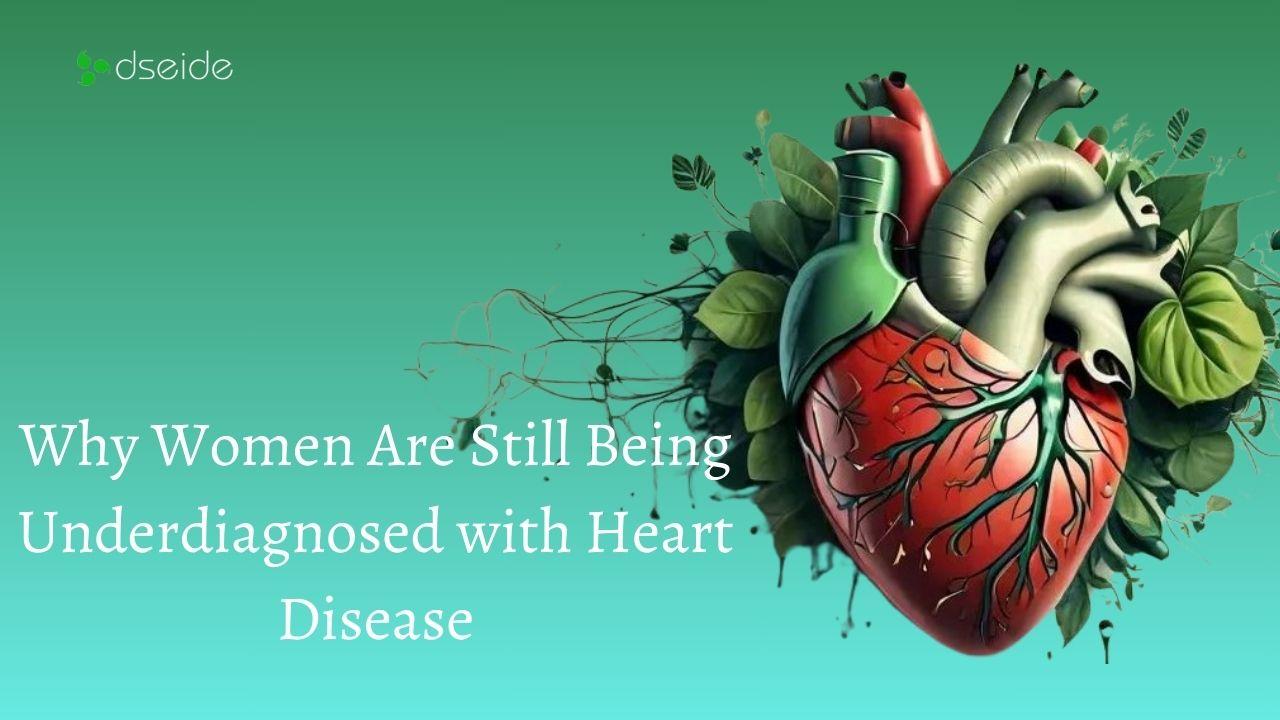Why Women Are Still Being Underdiagnosed with Heart Disease
Heart disease remains the leading cause of death in women worldwide, yet women continue to be underdiagnosed and undertreated for cardiovascular diseases. A recent statement from the British Cardiovascular Societies highlights that part of the problem lies in the long-standing perception that heart disease is a "man's condition."
Differences in Heart Anatomy and Function
One of the key reasons why heart disease presents differently in men and women is due to fundamental anatomical and physiological differences between the sexes. Research has shown that men generally have larger hearts than women, with thicker heart muscles and larger blood vessels. Conversely, women tend to have smaller hearts and blood vessels, and their hearts must pump faster to compensate for the smaller size. These differences in the structure of the cardiovascular system affect how heart disease develops and presents in women.
Heart Attack Symptoms in Women
When it comes to heart attack symptoms, the traditional focus has been on chest pain, which is typically what men experience. However, for women, heart attack symptoms often appear differently. In addition to chest pain, women are more likely to experience symptoms such as nausea, dizziness, indigestion, upper back or abdominal pain, or unexplained sweating. These "atypical" symptoms often lead to misdiagnosis, as healthcare professionals may not immediately attribute them to heart disease.
Diagnostic Challenges
Diagnostic tests for heart disease also pose challenges for women. The cardiac troponin test, a key tool for diagnosing heart attacks, measures the level of troponin, a protein released when the heart muscle is damaged. However, studies have shown that women can have lower levels of troponin during a heart attack, making it difficult to detect. Similarly, the gold-standard test for diagnosing heart attacks, cardiac catheterization, may not be as effective in women due to their smaller blood vessels. Women are also more likely to experience plaque buildup in smaller arteries, which can be missed during this procedure.
Underrepresentation in Clinical Trials
Historically, women have been underrepresented in clinical trials for heart disease treatments. This has resulted in a lack of understanding of how certain drugs or procedures may affect women differently than men. As a result, women are less likely to be referred for life-saving treatments such as cardiac rehabilitation or revascularization (procedures to restore blood flow to the heart).
Progress and Future Directions
While progress has been made in recent years, with healthcare providers beginning to tailor treatments for women, much more needs to be done. Ongoing research is focused on incorporating sex-specific indicators into diagnostic and treatment protocols. Additionally, increasing awareness of the unique ways heart disease presents in women is crucial to improving diagnosis and outcomes.
Recognizing these differences between men and women is a step in the right direction, but it is clear that more work is needed to address the disparities in care and ensure that women receive the same level of diagnosis and treatment as men for heart disease.
source: theconversation
Heart disease remains the leading cause of death in women worldwide, yet women continue to be underdiagnosed and undertreated for cardiovascular diseases. A recent statement from the British Cardiovascular Societies highlights that part of the problem lies in the long-standing perception that heart disease is a "man's condition."
Differences in Heart Anatomy and Function
One of the key reasons why heart disease presents differently in men and women is due to fundamental anatomical and physiological differences between the sexes. Research has shown that men generally have larger hearts than women, with thicker heart muscles and larger blood vessels. Conversely, women tend to have smaller hearts and blood vessels, and their hearts must pump faster to compensate for the smaller size. These differences in the structure of the cardiovascular system affect how heart disease develops and presents in women.
Heart Attack Symptoms in Women
When it comes to heart attack symptoms, the traditional focus has been on chest pain, which is typically what men experience. However, for women, heart attack symptoms often appear differently. In addition to chest pain, women are more likely to experience symptoms such as nausea, dizziness, indigestion, upper back or abdominal pain, or unexplained sweating. These "atypical" symptoms often lead to misdiagnosis, as healthcare professionals may not immediately attribute them to heart disease.
Diagnostic Challenges
Diagnostic tests for heart disease also pose challenges for women. The cardiac troponin test, a key tool for diagnosing heart attacks, measures the level of troponin, a protein released when the heart muscle is damaged. However, studies have shown that women can have lower levels of troponin during a heart attack, making it difficult to detect. Similarly, the gold-standard test for diagnosing heart attacks, cardiac catheterization, may not be as effective in women due to their smaller blood vessels. Women are also more likely to experience plaque buildup in smaller arteries, which can be missed during this procedure.
Underrepresentation in Clinical Trials
Historically, women have been underrepresented in clinical trials for heart disease treatments. This has resulted in a lack of understanding of how certain drugs or procedures may affect women differently than men. As a result, women are less likely to be referred for life-saving treatments such as cardiac rehabilitation or revascularization (procedures to restore blood flow to the heart).
Progress and Future Directions
While progress has been made in recent years, with healthcare providers beginning to tailor treatments for women, much more needs to be done. Ongoing research is focused on incorporating sex-specific indicators into diagnostic and treatment protocols. Additionally, increasing awareness of the unique ways heart disease presents in women is crucial to improving diagnosis and outcomes.
Recognizing these differences between men and women is a step in the right direction, but it is clear that more work is needed to address the disparities in care and ensure that women receive the same level of diagnosis and treatment as men for heart disease.
source: theconversation
Why Women Are Still Being Underdiagnosed with Heart Disease
Heart disease remains the leading cause of death in women worldwide, yet women continue to be underdiagnosed and undertreated for cardiovascular diseases. A recent statement from the British Cardiovascular Societies highlights that part of the problem lies in the long-standing perception that heart disease is a "man's condition."
Differences in Heart Anatomy and Function
One of the key reasons why heart disease presents differently in men and women is due to fundamental anatomical and physiological differences between the sexes. Research has shown that men generally have larger hearts than women, with thicker heart muscles and larger blood vessels. Conversely, women tend to have smaller hearts and blood vessels, and their hearts must pump faster to compensate for the smaller size. These differences in the structure of the cardiovascular system affect how heart disease develops and presents in women.
Heart Attack Symptoms in Women
When it comes to heart attack symptoms, the traditional focus has been on chest pain, which is typically what men experience. However, for women, heart attack symptoms often appear differently. In addition to chest pain, women are more likely to experience symptoms such as nausea, dizziness, indigestion, upper back or abdominal pain, or unexplained sweating. These "atypical" symptoms often lead to misdiagnosis, as healthcare professionals may not immediately attribute them to heart disease.
Diagnostic Challenges
Diagnostic tests for heart disease also pose challenges for women. The cardiac troponin test, a key tool for diagnosing heart attacks, measures the level of troponin, a protein released when the heart muscle is damaged. However, studies have shown that women can have lower levels of troponin during a heart attack, making it difficult to detect. Similarly, the gold-standard test for diagnosing heart attacks, cardiac catheterization, may not be as effective in women due to their smaller blood vessels. Women are also more likely to experience plaque buildup in smaller arteries, which can be missed during this procedure.
Underrepresentation in Clinical Trials
Historically, women have been underrepresented in clinical trials for heart disease treatments. This has resulted in a lack of understanding of how certain drugs or procedures may affect women differently than men. As a result, women are less likely to be referred for life-saving treatments such as cardiac rehabilitation or revascularization (procedures to restore blood flow to the heart).
Progress and Future Directions
While progress has been made in recent years, with healthcare providers beginning to tailor treatments for women, much more needs to be done. Ongoing research is focused on incorporating sex-specific indicators into diagnostic and treatment protocols. Additionally, increasing awareness of the unique ways heart disease presents in women is crucial to improving diagnosis and outcomes.
Recognizing these differences between men and women is a step in the right direction, but it is clear that more work is needed to address the disparities in care and ensure that women receive the same level of diagnosis and treatment as men for heart disease.
source: theconversation






